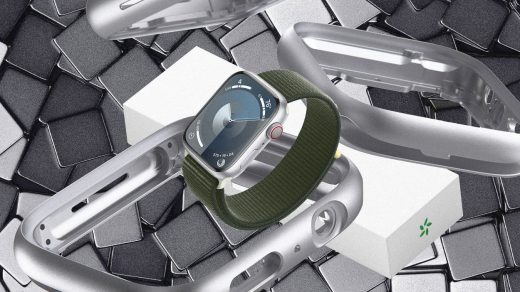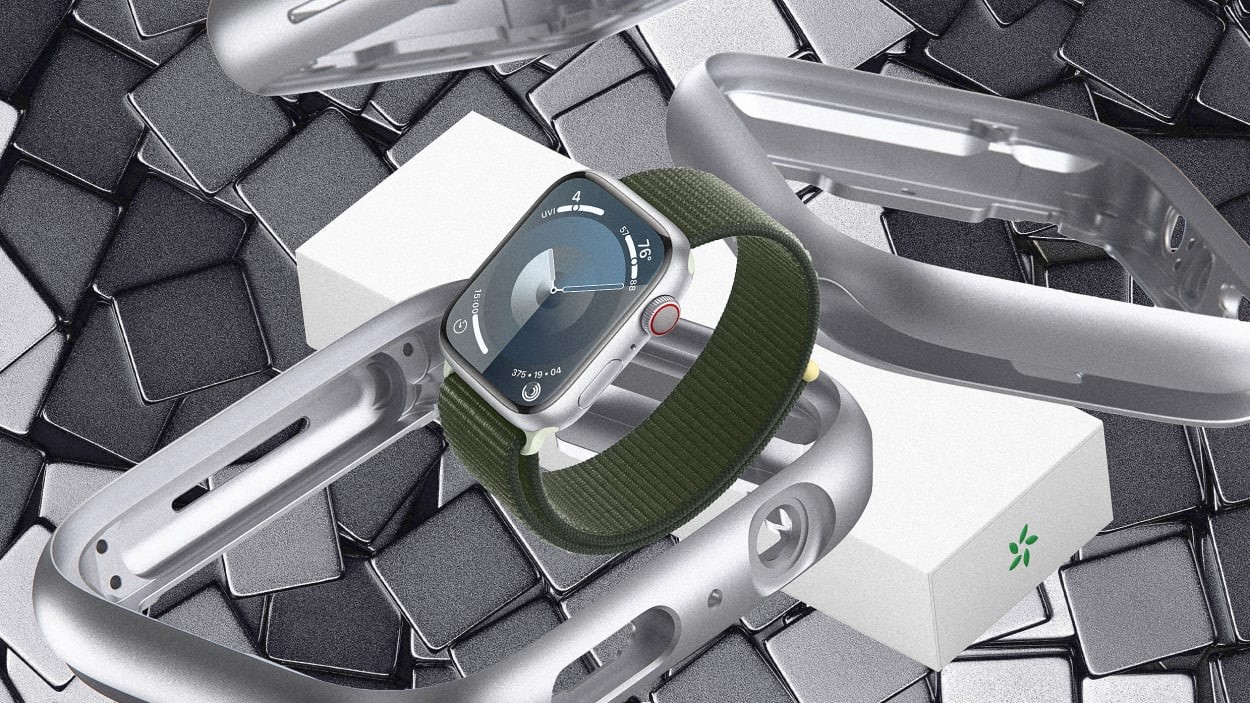Are Apple’s new watches actually carbon neutral?
By Adele Peters
By the end of the decade, Apple plans to make all its products carbon neutral. Its new Apple watches, released today, are the first to hit that goal.
The first step is clean energy: All the components in the watches are made at factories using 100% renewable electricity. Apple started working with its suppliers in 2015 to help them transition to wind and solar power. (The company says that more than 300 suppliers, across all of its product lines, have joined its clean energy program so far, each with the goal to use renewable energy for all Apple production by the end of the decade.)
When someone charges one of the new watches at home, Apple will match that energy use with renewables. That’s something that the company had already started doing for iPhones and MacBooks; last year, it announced that it invested in a new solar farm in Texas to help cover energy use from charging products. (Customers can opt in to share aggregated charging data with Apple, which it then uses to estimate these emissions.) A new feature on the watches also uses forecasting to let users know when it’s a good time to charge because there’s likely extra renewable energy available on their local grid.
The materials in the watches have also changed. Since leather has a large carbon footprint, the leather bands on the watches have been replaced with a new fabric that the company calls FineWoven—a “microtwill” that mimics suede and is made with 68% post-consumer recycled material. (The same material is also now used in iPhone 15 cases.)
Apple’s materials and science team worked to design a new material that had a specific look and feel—it was important that switching materials wasn’t a compromise, says an Apple spokesperson. Nike, which also makes bands for the watch, worked on a new product made from recycled bands and leftover yarn from previous iterations, which otherwise would have been scrapped.
The watches are also made with recycled aluminum and gold, recycled metal in magnets, and, for the first time in Apple products, 100% recycled cobalt. The company plans to shift to recycled cobalt for all its products by 2025 because of both the environmental and social impacts of mining the material.
To shrink emissions from transportation, the company will be using less air delivery; at least half the products will be delivered by cargo ships, rail, and other non-air methods that have a much smaller footprint. The box was also redesigned so it’s more compact, and 25% more products can squeeze into shipping containers, meaning it takes less fuel to move each of them.
All of the changes add up to around a 78% cut in emissions, the company says. It’s using nature-based offsets, including protecting wetlands and grasslands, to cover the relatively small amount of emissions that are left. While it’s technically possible to call a product carbon neutral if you just buy carbon offsets to match all emissions, the company wanted to focus on “the deep work to decarbonize” rather than starting with offsets, an Apple spokesperson says.
(4)



